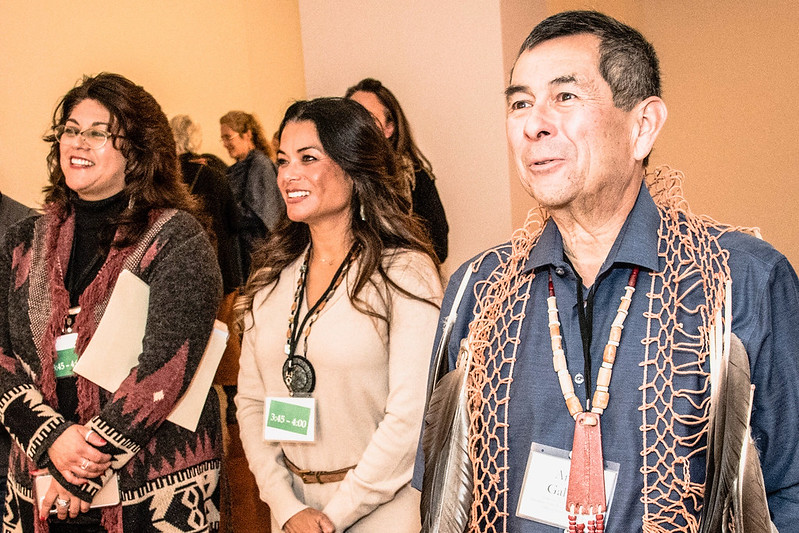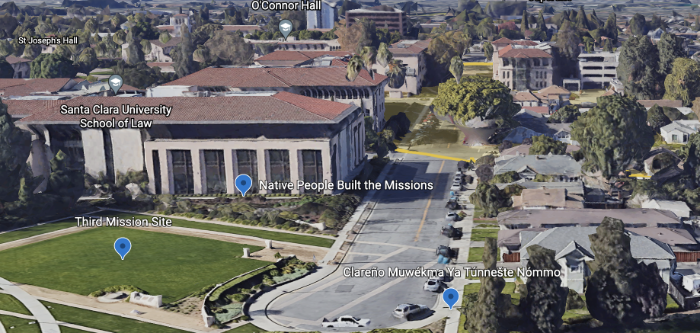Santa Clara University is one of the few institutions of higher education to be located at a California mission site. Because of this, SCU has a unique responsibility to educate its own community about the legacies of colonialism for California Indians into the present.
Franciscan missionaries founded Santa Clara, like other missions, in the late 18th century with the goal of converting Native Californians to Roman Catholic Christianity and to a European way of life. To do so, the missionaries instituted a stringent schedule of work and prayer, with time demarcated by the ringing of mission bells. Ohlones and other Native people were forced to work long hours plowing fields, digging irrigation ditches, constructing mission buildings, slaughtering cattle, and carrying out countless other tasks that kept the mission system running. The missionaries seldom learned the local Native languages and prohibited many traditional customs.
Though the Ohlone and their neighbors continued certain practices in secret–including those surrounding language, food, and ceremony–the missions also took a terrible physical toll on Native communities. Across the region, the process of missionization resulted in the premature deaths of tens of thousands of Native Californians through violence and the synergistic effects of strict social controls, high labor demands, and infectious disease. More than 7,500 Native individuals–from Ohlone, Yokuts, and Miwok backgrounds–are buried at Mission Santa Clara.
Given the fact that SCU is one of the first universities located at a California Mission site and that there were approximately 7,500 Native individuals buried at Mission Santa Clara between its founding and 1849, the university has a moral and ethical responsibility to share about Ohlone heritage and the impact that missionization had on our Ohlone ancestors at Mission Santa Clara.
As the missions closed in the 1830s and 1840s, few Native people received the land or other resources that Spanish and Mexican colonists had ostensibly held in trust for them. Many moved directly from the missions to private ranchos, where the labor conditions were equally brutal. With the United States’ annexation of California in the 1840s, Anglo settlers perpetrated a genocide against Native Californians–a “war of extermination” that was advocated by Peter H. Burnett, first governor of the State of California and member of the founding Board of Trustees of Santa Clara College.
The violence of historic and ongoing colonialism is a real part of our history. The Ohlone and other Native Californians continue to experience historical trauma while non-Native people continue to benefit from the legacies of this violence.
It is our responsibility to educate faculty, staff, students, and visitors about the history of Native Californians at Mission Santa Clara. We must also work with descendant communities, including the Muwekma Ohlone Tribe and the Ohlone Indian Tribe, on how the University can become proactive in addressing these issues. This website is part of supporting that work. You can learn more about other recommendations from the Ohlone History Working Group Task Force report (July 2020). Individuals have the responsibility to continue this process of learning, reflection, and action towards justice as part of our Jesuit mission.
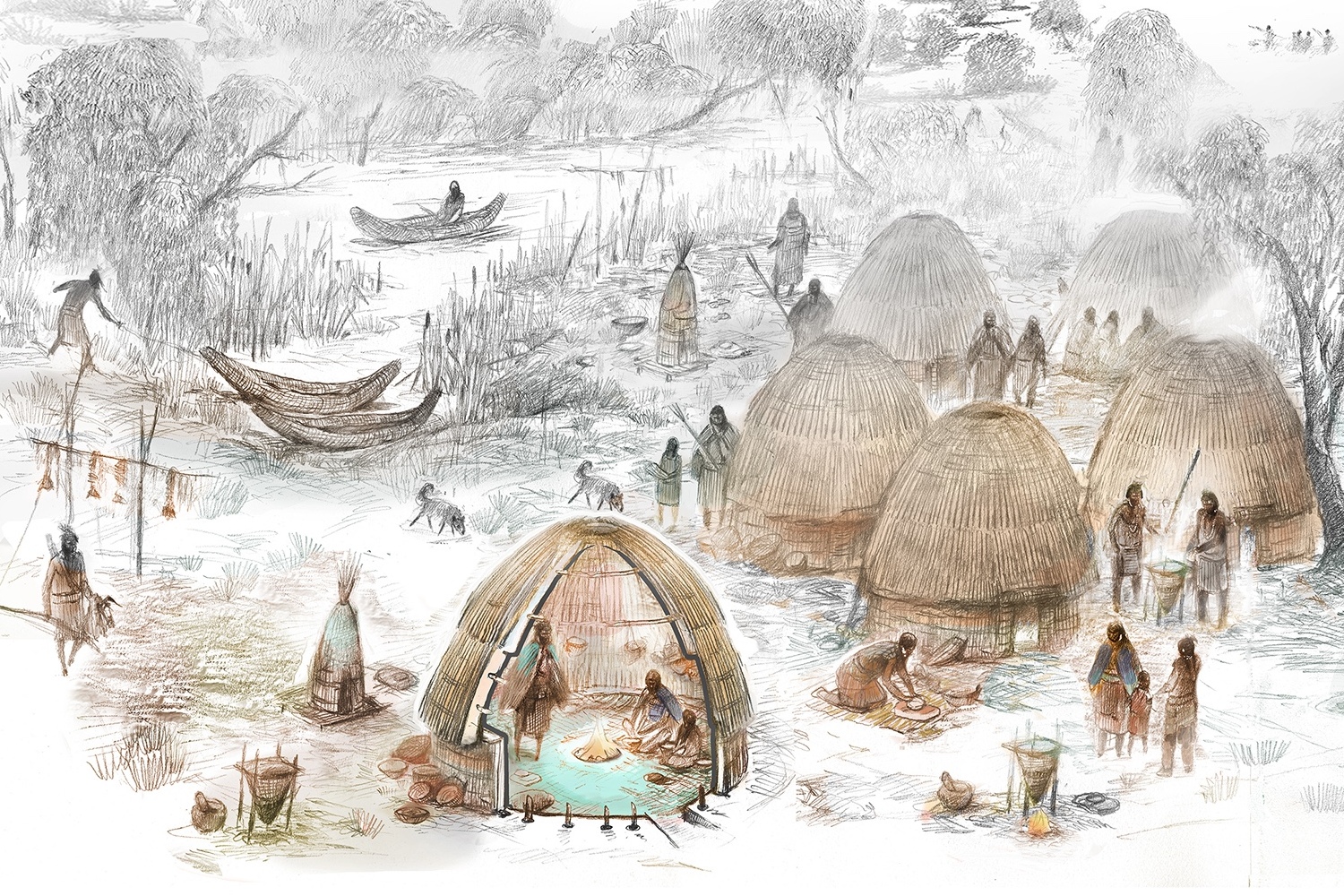
Whose land is this anyway?
Which California tribes trace their history and ancestry to this land?
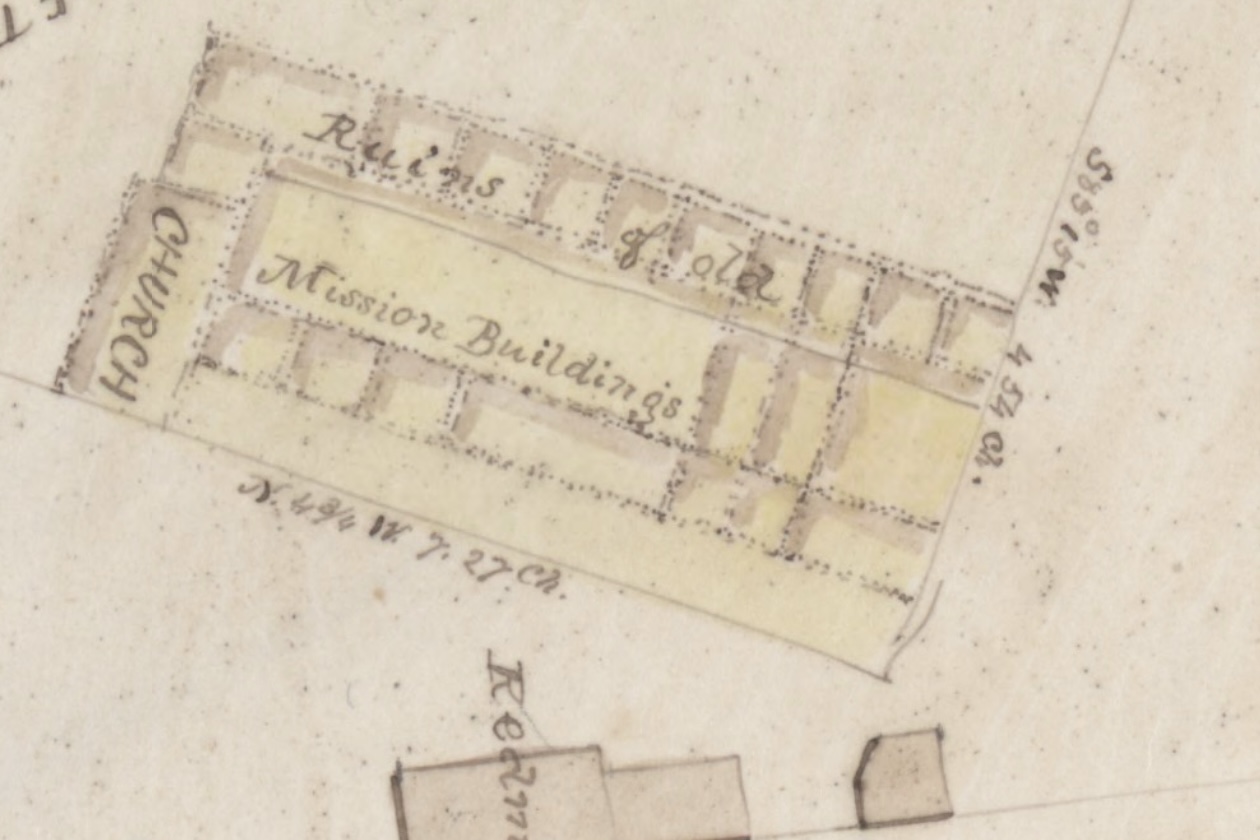
What is the role of Mission Santa Clara in Ohlone history?
What is Santa Clara University’s particular responsibility to this history?

How should I talk about Native heritage and culture?
What are the preferred terms I should use, and what are the linguistic and cultural histories of these terms?
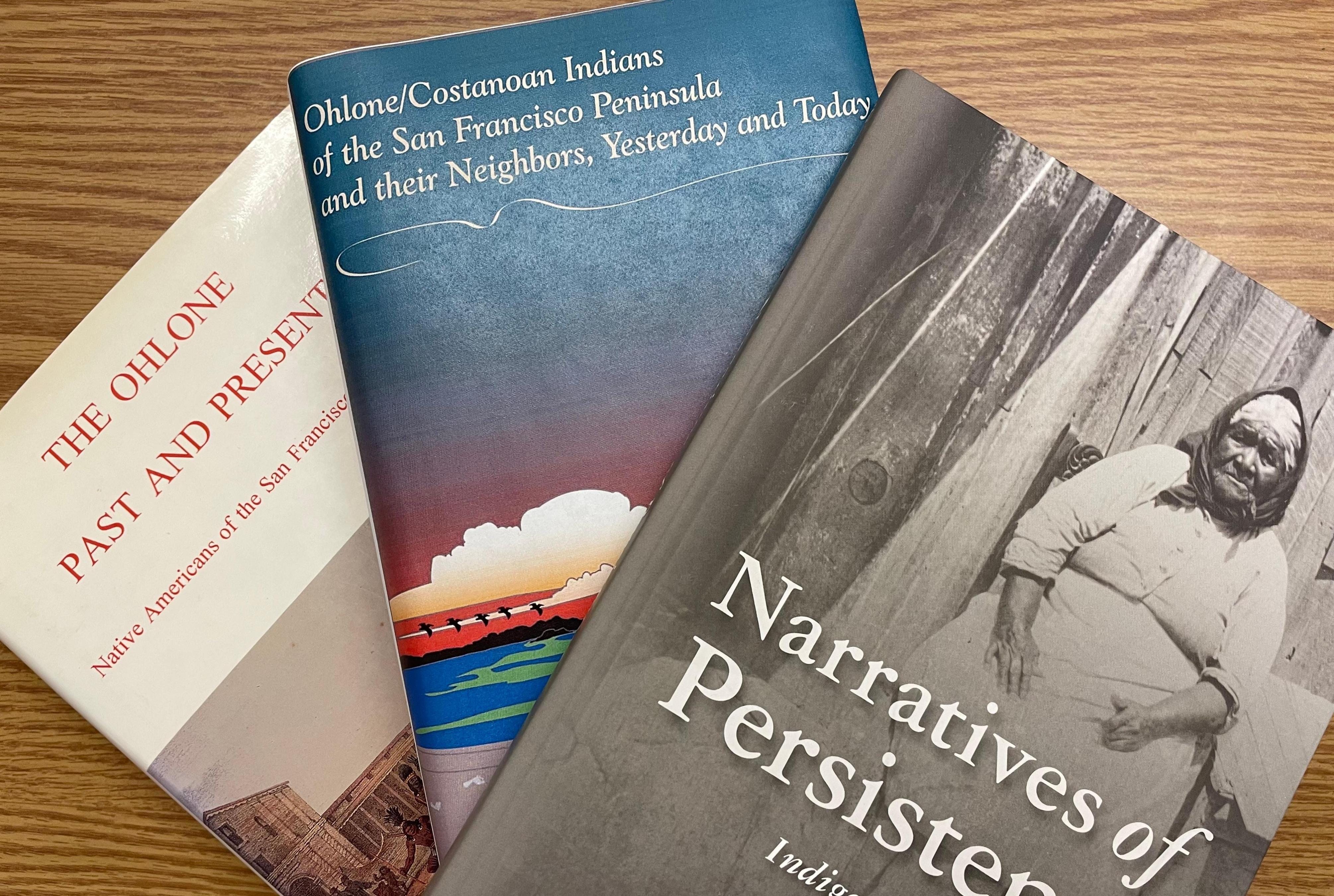
Learning More
What are the most trusted sources of information for my field or area of interest?
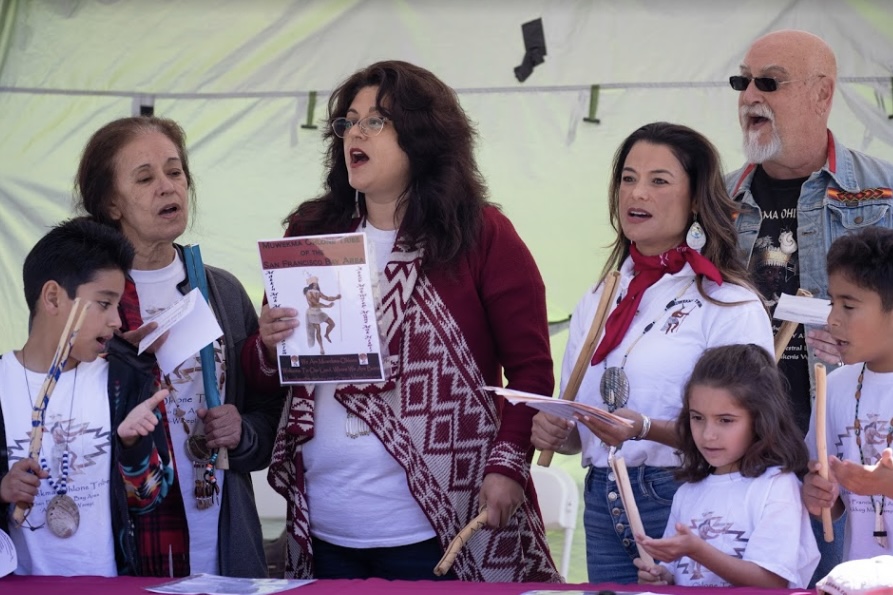
What are Ohlone people currently working on, and how can I get involved?
The Ohlone are here, still. You can learn about them and some of their work here.
